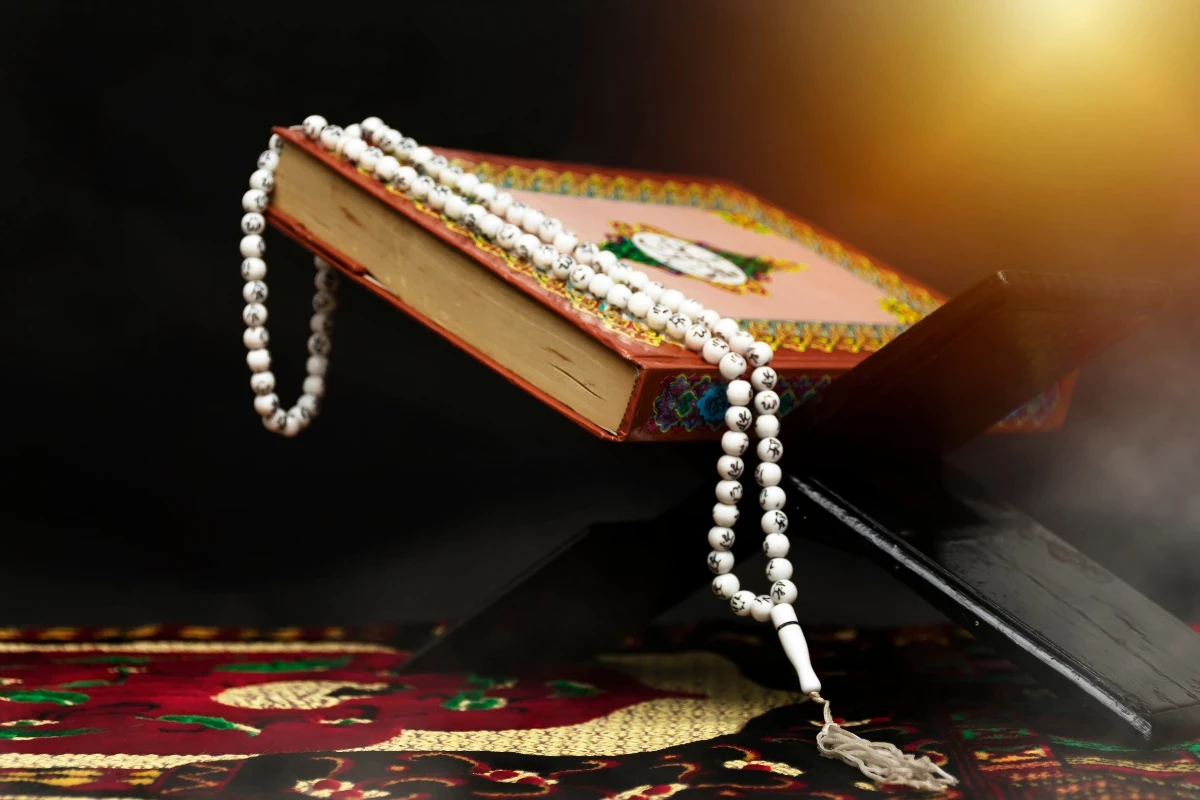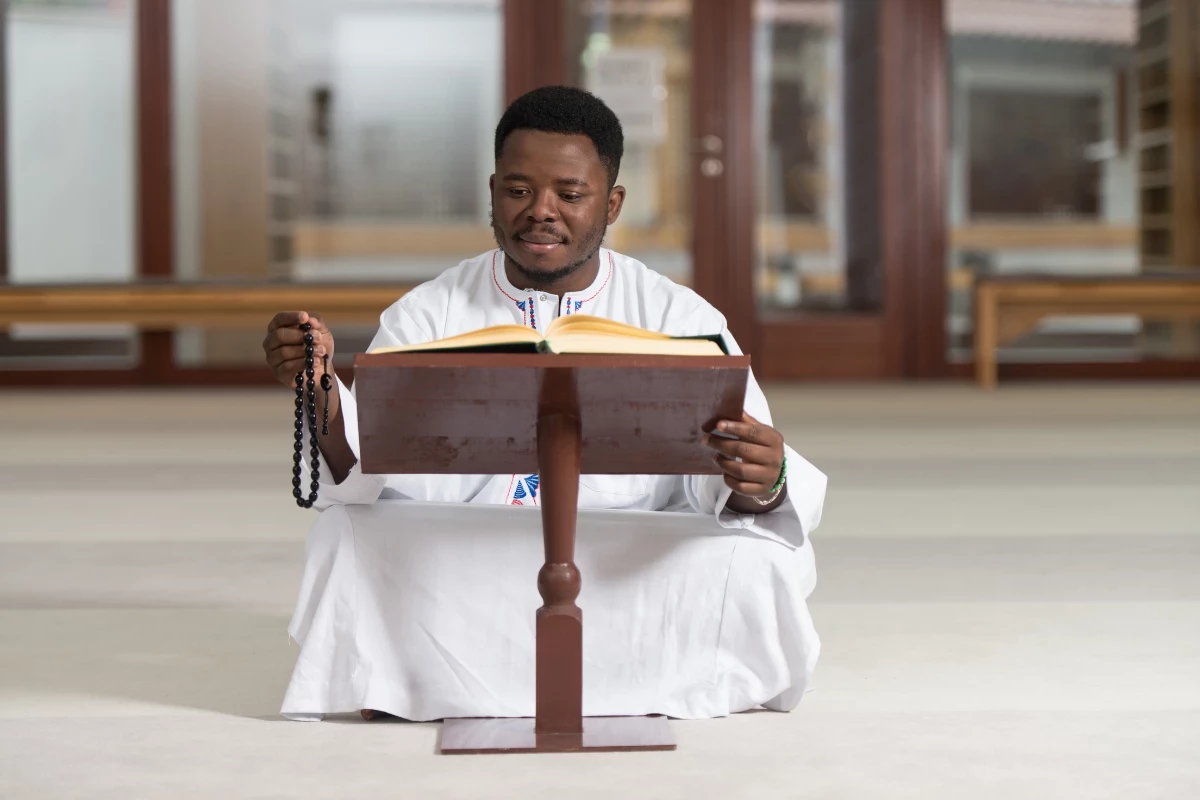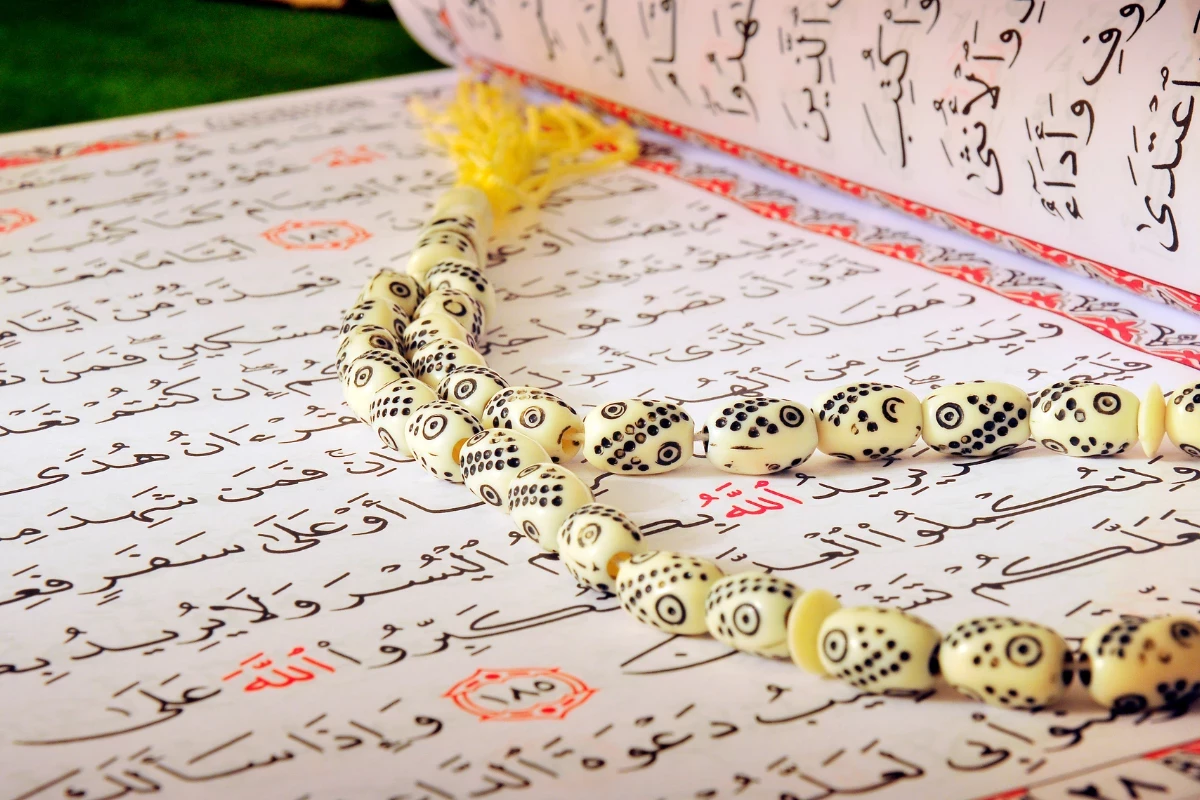The way of life of Quran writing represents one of the most stunning and sacred artwork forms in Islamic culture. From its earliest days to in-vogue examples, this training has advanced simultaneously as keeping up with its non-mainstream importance. Whether you’re curious about concentrating on Quran composing or clearly need to perceive its importance, this manual will give prized bits of knowledge into this honorable craftsmanship.
The Historical Significance of Quran Writing
The records of Quran writing date back to the time of Prophet Muhammad (peace be upon him). The first written copies were carefully preserved on various materials, including:
Parchment
Palm leaves
Animal bones
Leather pieces
Flat stones
Evolution of Quran Writing Styles
Over centuries, various styles of Arabic calligraphy developed specifically for Quran writing:
| Style Name | Origin Period | Characteristics | Common Usage |
|---|---|---|---|
| Kufic | 7th Century | Angular, geometric | Early Qurans |
| Naskh | 10th Century | Rounded, clear | Most modern Qurans |
| Thuluth | 11th Century | Elaborate, decorative | Titles and headings |
| Nastaliq | 14th Century | Flowing, elegant | Persian Qurans |
| Muhaqqaq | 13th Century | Majestic, balanced | Royal copies |
Essential Elements of Quran Writing

Tools and Materials
Traditional Quran writing requires specific tools:
- Qalam (Reed Pen)
- Specially cut reed
- Various sizes for different styles
- Requires skilled preparation
- Ink (Hibr)
- Traditional black ink
- Made from natural materials
- Special formulations for permanence
- Paper
- High-quality, smooth surface
- Acid-free for preservation
- Proper thickness for ink absorption
Fundamental Principles
The art of Quran writing follows strict principles:
- Accuracy
- Precise letter formation
- Correct diacritical marks
- Proper spacing
- Consistency
- Uniform letter size
- Balanced composition
- Regular line spacing
- Beauty
- Harmonious proportions
- Elegant flourishes
- Overall aesthetic appeal
Learning Quran Writing
Stages of Learning
- Basic Arabic Script
- Letter forms
- Connecting letters
- Basic rules
- Calligraphy Fundamentals
- Proper pen handling
- Stroke techniques
- Style variations
- Advanced Techniques
- Complex compositions
- Decorative elements
- Traditional designs
For more nitty-gritty data about customary Islamic calligraphy, you can visit the Metropolitan Exhibition Hall of Workmanship’s Islamic Craftsmanship Division or investigate assets at the Ruler’s School of Conventional Expressions.
Modern Approaches to Quran Writing
Digital Tools and Resources
Today’s technology offers new ways to learn and practice Quran writing:
- Digital Calligraphy Tools
- Specialized software
- Tablet applications
- Online tutorials
- Virtual Learning Platforms
- Interactive lessons
- Real-time feedback
- Progress tracking
Online Learning Benefits
Flexible schedule
Expert guidance
Global community
Structured curriculum
Common Challenges in Quran Writing
Technical Challenges
- Pen Control
- Proper grip
- Pressure control
- Fluid movement
- Letter Proportions
- Size relationships
- Spacing rules
- Baseline alignment
Solutions and Practice Methods
- Structured Practice
- Daily exercises
- Progressive difficulty
- Regular assessment
- Expert Guidance
- Professional feedback
- Correction of errors
- Personalized advice
Preserving the Tradition
The Role of Modern Technology

Technology helps preserve Quran writing traditions through:
- Documentation
- High-resolution scanning
- Digital preservation
- Online archives
- Teaching Methods
- Video tutorials
- Interactive software
- Online communities
Cultural Significance
The importance of maintaining Quran writing traditions:
- Artistic Heritage
- Cultural preservation
- Historical connection
- Artistic expression
- Spiritual Connection
- Mindful practice
- Religious dedication
- Personal growth
Learning Opportunities
Online Courses
Our comprehensive online programs include:
- Beginner Course
- Basic Arabic script
- Foundation techniques
- Essential tools
- Intermediate Level
- Style development
- Advanced techniques
- Project work
- Advanced Studies
- Master classes
- Specialized styles
- Professional development
Course Features
Live online classes
Personalized feedback
Practice materials
Community support
Tips for Success
Best Practices
- Regular Practice
- Daily dedication
- Structured exercises
- Consistent review
- Proper Setup
- Ergonomic workspace
- Quality materials
- Good lighting
Common Mistakes to Avoid
- Technical Errors
- Incorrect pen angle
- Inconsistent spacing
- Poor proportion
- Learning Approaches
- Rushing progress
- Skipping basics
- Irregular practice
Conclusion
Quran writing stays a critical a part of Islamic historical past, combining non secular devotion with creative excellence. Whether you’re interested by traditional calligraphy or current tactics, the adventure of getting to know Quran writing gives each creative fulfillment and spiritual connection. Through proper guidance, dedication, and practice, anyone can begin their journey in this noble art form.
Start your Quran writing journey today with our structured online courses, and become part of this ancient tradition while learning from experienced instructors in a modern, accessible format.






Quran in English language » Online Quran Islam Acadmey
[…] (Prayer): The Quran prescribes the five daily prayers, connecting believers to […]
QuranExplorer Com – Read And Listen To The Quran Online
[…] effective way to study the Holy Quran online. Whether you’re a beginner looking to start your Quranic journey or an advanced learner aiming to perfect your recitation, QuranExplorer.com has the perfect course […]